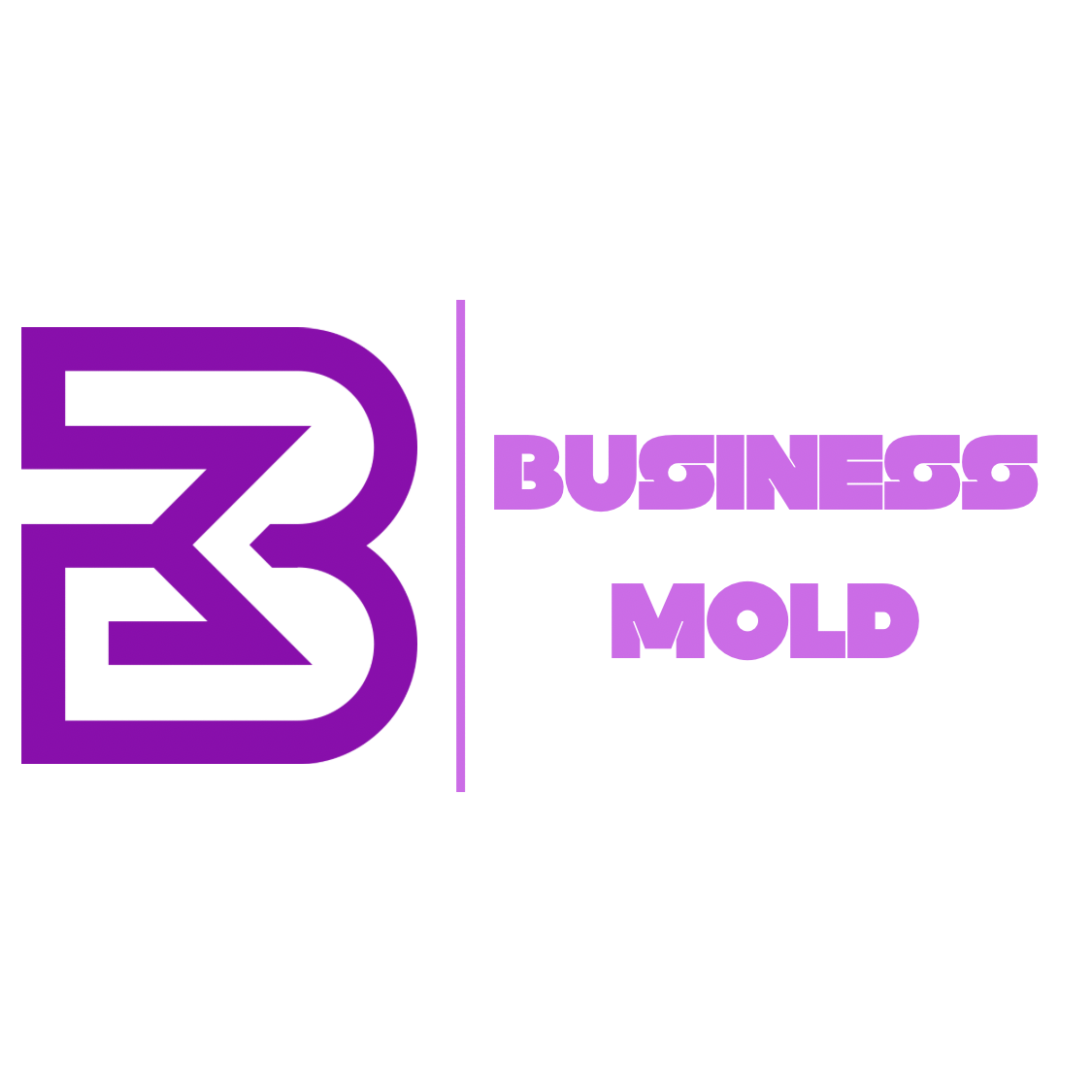In today’s digital landscape, a website serves as a pivotal touchpoint between businesses and their audiences. As more consumers rely on online interactions for information, services, and products, maintaining a website is no longer a one-time task but an ongoing responsibility. Continuous website maintenance has emerged as a vital practice for ensuring optimal performance, security, and user experience. This necessity has gained attention recently, particularly as businesses navigate the evolving demands of technology, cybersecurity threats, and changing consumer behaviors. While some argue that periodic updates suffice, others contend that a proactive maintenance approach offers distinct advantages.
Exploring the Facets of Continuous Website Maintenance
Continuous website maintenance encompasses several key aspects, each contributing to a website’s overall effectiveness and reliability. Regular updates to content and software can significantly enhance security by addressing vulnerabilities before they can be exploited. For instance, a study by Cybersecurity Ventures indicates that unmaintained websites are 30% more likely to be compromised.
Moreover, ongoing optimization of website performance—including page load speeds, mobile responsiveness, and SEO practices—directly impacts user engagement and conversion rates. According to a report by Google, slow loading times can lead to a 70% abandonment rate, emphasizing the importance of regular performance checks.
Another critical aspect is the need for adapting to user feedback and industry trends. Websites that evolve alongside their audience can better serve their needs, fostering loyalty and satisfaction. For example, HubSpot highlights how incorporating user feedback into website design can lead to improved customer experiences and higher retention rates.
The implications of continuous maintenance are profound, affecting not just individual businesses but entire industries. As more organizations recognize the value of a well-maintained online presence, competition intensifies, pushing others to adopt similar practices.
Challenges and Considerations
Despite its many advantages, continuous website maintenance presents challenges that businesses must navigate. One of the primary concerns is the allocation of resources—both financial and human. Many small businesses struggle to find the budget for ongoing maintenance, often opting for cheaper, less comprehensive solutions. This trade-off can lead to costly mistakes later, particularly when security breaches occur.
Moreover, the debate around best practices in maintenance continues. Some industry experts advocate for a strict schedule of updates, while others recommend a more flexible approach based on analytics and user behavior. The lack of consensus complicates decision-making, particularly for businesses lacking in-house expertise.
As we look toward the future, unresolved questions remain about the balance between automation and personalized attention in website maintenance. Will AI-driven tools replace human oversight entirely, or will they serve as complements to more traditional methods? The implications of these developments will shape the future of digital marketing and website management.
For further insights, the Journal of Digital Marketing offers a range of studies on website maintenance trends and practices, while the Digital Marketing Institute provides resources on effective strategies.
Case Studies or Real-world Applications
Case Study 1: E-Commerce Retailer
A well-known e-commerce retailer implemented a continuous website maintenance strategy, focusing on regular content updates, security patches, and performance optimization. Within six months, the retailer saw a 25% increase in conversion rates and a 15% decrease in bounce rates. However, the retailer faced challenges in managing customer feedback, highlighting the need for a responsive support system to address issues promptly.
Case Study 2: Local Service Provider
A local service provider initially opted for minimal website maintenance, resulting in slow load times and security vulnerabilities. After switching to a continuous maintenance plan, they experienced a significant increase in site traffic and customer inquiries. While this transition brought benefits, the service provider learned that effective communication with customers about website changes is essential to maintain trust.
These examples illustrate the practical relevance of continuous maintenance and the tangible benefits it can bring, alongside the lessons learned from the challenges encountered.
Conclusion
In conclusion, continuous website maintenance is a multifaceted practice that holds significant advantages for businesses in today’s digital age. While the complexities and challenges of ongoing maintenance cannot be overlooked, the potential for improved security, user experience, and overall performance makes it a worthy investment. As digital landscapes continue to evolve, the conversation around website maintenance will undoubtedly progress, requiring ongoing exploration and adaptation.
Q&A Section
Q1: What is continuous website maintenance?
A: Continuous website maintenance involves regularly updating, optimizing, and securing a website to ensure optimal performance and user experience. It includes tasks like content updates, software patches, and performance checks.
Q2: How often should I perform website maintenance?
A: While there’s no one-size-fits-all answer, many experts recommend monthly maintenance checks to address security, performance, and content updates.
Q3: What are the risks of neglecting website maintenance?
A: Neglecting maintenance can lead to security vulnerabilities, slow load times, and outdated content, ultimately harming user experience and diminishing customer trust.
Q4: Can I automate website maintenance?
A: Yes, many tools can automate certain aspects of website maintenance, such as backups and updates. However, regular human oversight is still necessary to ensure everything runs smoothly.
Q5: Where can I find more resources on website maintenance?
A: Resources can be found on platforms like the Digital Marketing Institute and HubSpot, which offer insights into best practices and industry trends.
For those interested in optimizing their website or needing business consulting services like PPC, SEO, or website building, visit our services page at Business Mold Services.
For further exploration of digital disruption or if you require business consulting or digital marketing services, visit our services page at Business Mold. Whether it’s PPC, SEO, or website building, we are equipped to elevate your business in the digital age.




